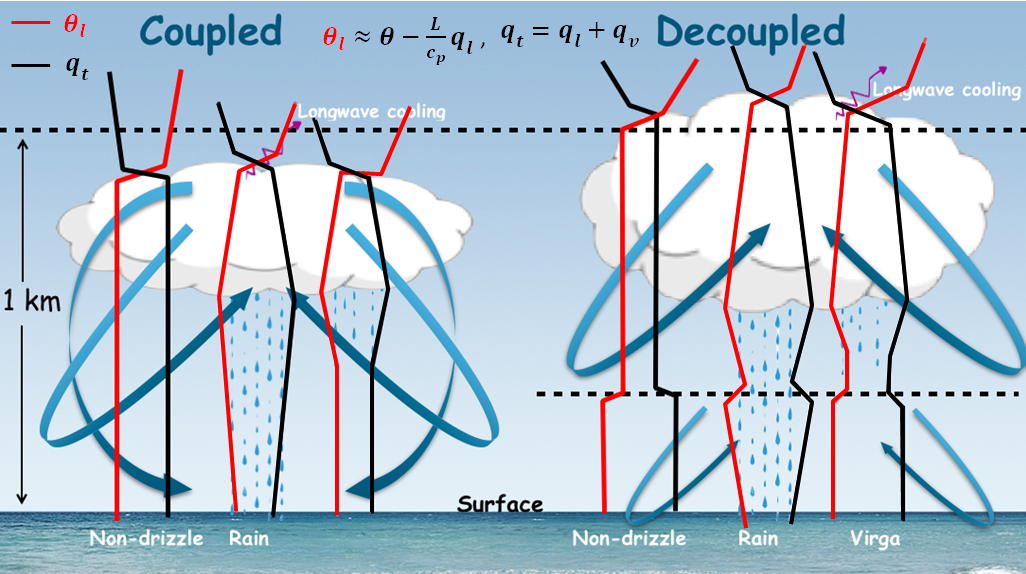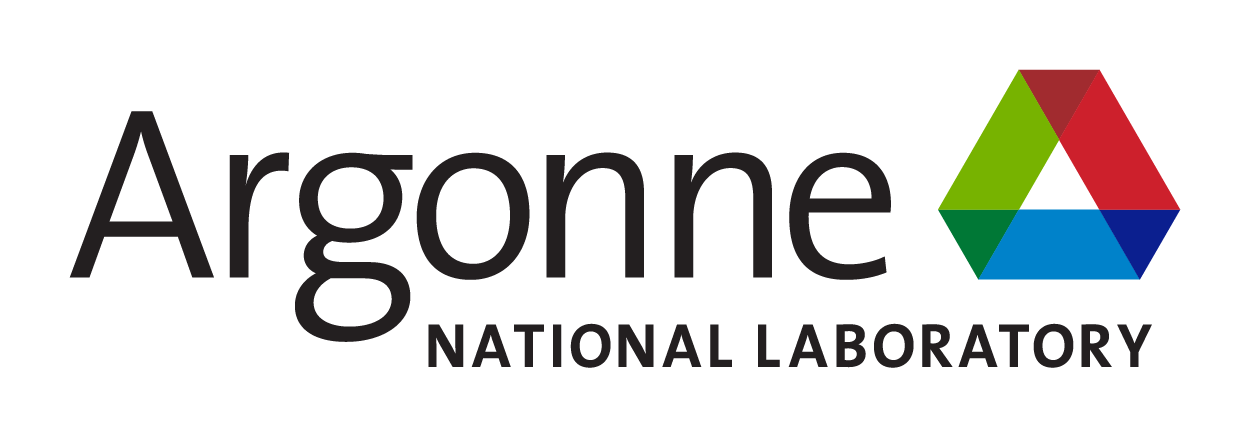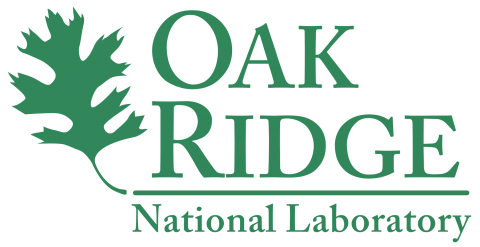MBL Cloud and CCN Properties under Coupled and Decoupled Conditions
Submitter
Dong, Xiquan — University of Arizona
Area of Research
Cloud-Aerosol-Precipitation Interactions
Journal Reference
Dong X, A Schwantes, B Xi, and P Wu. 2015. "Investigation of the marine boundary layer cloud and CCN properties under coupled and decoupled conditions over the Azores." Journal of Geophysical Research: Atmospheres, 120(12), 6179-6191.
Science

Impact
Six coupled and decoupled MBL clouds were chosen from the 19-month ARM Mobile Facility data set over the Azores. Thresholds of liquid water potential temperature difference ΔθL < 0.5 K (>0.5 K) and total water mixing ratio difference Δqt < 0.5 g/kg (> 0.5 g/kg) below the cloud base were used for selecting the coupled (decoupled) cases. A schematic diagram seen in the image to demonstrate the coupled and decoupled MBL vertical structures and how they associate with non-drizzle, virga and rain drizzle events. For coupled samples, the liquid water potential temperature θL and total water mixing ratio qt are conserved throughout the STBL when non-drizzle occurs, and both variables change sharply above Zt due to dry air above it. With the drier air above Zt, the decrease of qt results in an increase of stability and decrease of ql further, then θl starts to increase sharply. When rain drizzle occurs, ql is greater than zero below Zb, thus θl decreases and qt increases from the surface to Zb. Within the cloud layer, qt decreases and θl increases from Zb towards Zt due to the depletion of rain drizzles. For virga drizzle, both θl and qt are conserved from the surface to the drizzle base, and ql is greater than zero and increases from the drizzle base to Zb, but θl decreases. Within the cloud layer, the situation is the same as rain drizzle. For decoupled samples, the boundary layer is deepened and separated into two layers (dashed line in the image) with its own circulation in each layer. The surface moisture cannot be transported into the upper layer where the cloud stays, qt decreases but θl increases in the upper layer compared to the surface mixed layer. The profiles of θl and qt in the upper layer should have similar patterns to the coupled samples but change quickly due to the deepened cloud layer and without surface moisture supply.Summary
Out of a total of 2676 5-min samples, 34.5% were classified as coupled and 65.5% as decoupled; 36.2% as non-drizzle and 63.8% as drizzle (47.7% as virga, 16.1% as rain); 33.4% as daytime and 66.6% as nighttime. The decoupled cloud layer is deeper (0.406 km) than coupled cloud layer (0.304 km), and its liquid water path and cloud-droplet effective radius (re) values (122.1 gm-2 and 13.0 µm) are higher than coupled ones (83.7 gm-2 and 10.4 µm). Conversely, decoupled stratocumuli have lower cloud-droplet number concentration (Nd) and surface cloud condensation nuclei concentration (NCCN) (74.5 cm-3 and 150.9 cm-3) than coupled stratocumuli (111.7 cm-3 and 216.4 cm-3). The linear regressions between re and Nd with NCCN have demonstrated that coupled re and Nd strongly depend on NCCN and have higher correlations (-0.56 and 0.59) with NCCN than decoupled results (-0.14 and 0.25). The MBL cloud properties under non-drizzle and virga drizzle conditions are similar to each other, but significantly different to those of rain drizzle.Keep up with the Atmospheric Observer
Updates on ARM news, events, and opportunities delivered to your inbox
ARM User Profile
ARM welcomes users from all institutions and nations. A free ARM user account is needed to access ARM data.


















